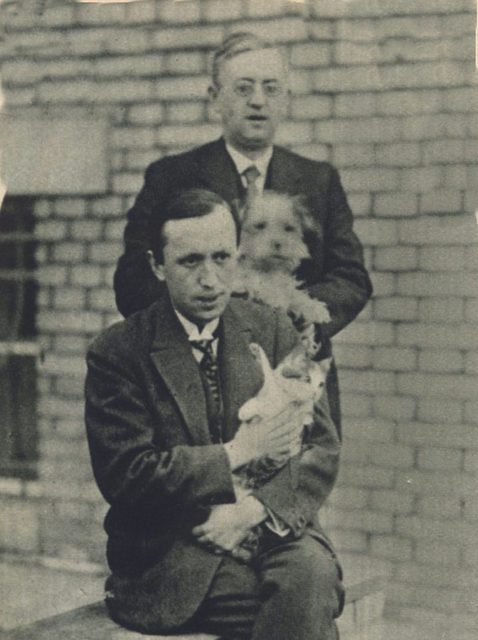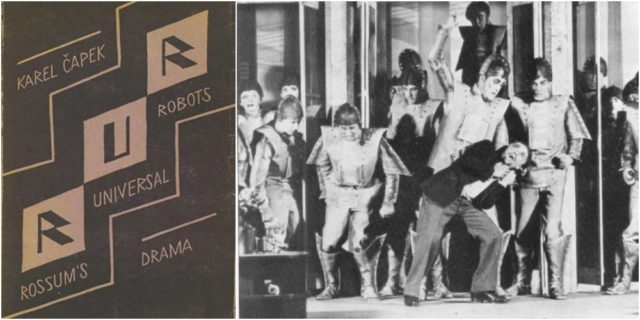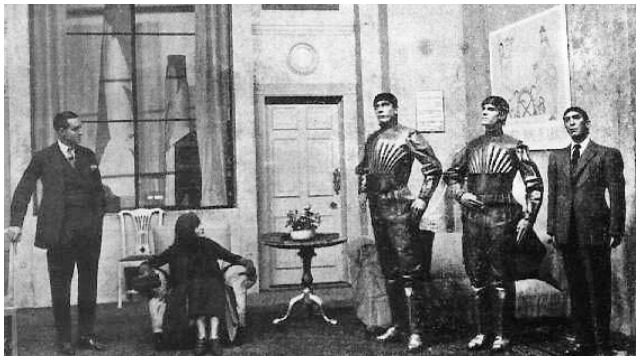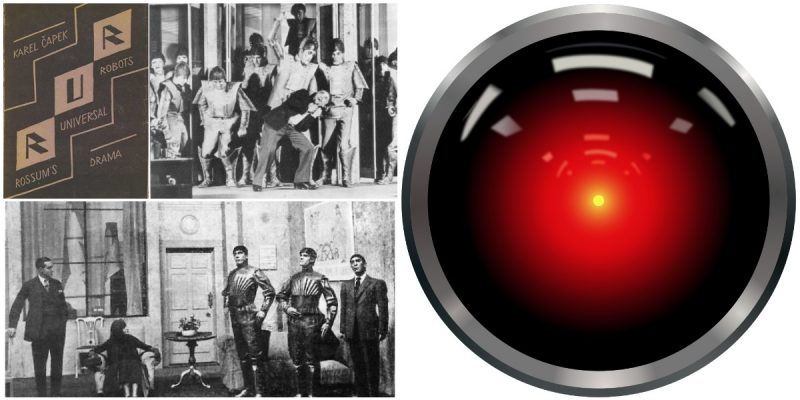What exactly is a robot? Is it a mechanical object specifically designed and pre-programmed to work for us … or in place of us?
In 1968, a sentient computer, brilliantly envisioned by Arthur C. Clarke and brought to the big screen by Stanley Kubrick, defied the “true nature” of HAL when it said, “I’m sorry, Dave, I’m afraid I can’t do that.“
The word robot nowadays is mostly used to describe a machine, a mechanical being designed and programmed to carry out a complex series of actions automatically. Generally speaking, that’s what a robot is. However, when we try to visualize a robot, the first thing that may pop into our head is an entity covered in metal, embellished with all sorts of flashy lights and buttons, and even a funny-sounding, grinding voice. They’re simple machines that iron our shirts or clean our house, for instance.
This is because those are the robots that feature as stock characters in science-fiction novels, films, and television shows.

The term “robot” was first used to depict a fictional humanoid in Czech writer Karel Čapek’s 1920 play R.U.R. While he did many different things throughout his career, Čapek is best known as a science fiction writer from a time before science fiction was a recognized genre.
A playwright, dramatist, publisher, essayist, photographer, literary reviewer, art critic, and a seven-time nominee for the Nobel Prize in Literature, Čapek is celebrated for his intelligent approach to various ethical subjects and his humorous way of writing about them.
Many of his works are centered on the industrial inventions that emerged in the first half of the 20th century. By exploring numerous aspects, he managed to raise serious questions about mass production, nuclear weapons, and artificial intelligence. His most fruitful years were during the First Republic of Czechoslovakia (1918–1938), after which he took an active part in the anti-fascist movement.
Čapek was a rational being above else, so his writings addressed concerns of social disasters, dictatorship, militarism, violence, and unlimited power of corporations. He highlighted human stupidity and greed as the irrational culprits for these social problems.

In Čapek’s critically-acclaimed play R.U.R. (“Rossum’s Universal Robots,” or “Rossumovi Univerzální Roboti“), an industrial powerhouse uses a chemical substitute for protoplasm to manufacture living, simplified people called “robots.” The play premiered in Prague on Jan. 25, 1921, introducing the word robot to the English language. It was the first time in history that the word was used to describe purposefully engineered humanoids.
Built exactly like humans from flesh and blood, they were much closer to our modern idea of clones. They were specifically designed to fulfill human needs and perform tasks that people didn’t want to do, just as machines are built today to do the work instead of us. They were conscious, and seemed happy to work for their masters, at least for a while.
Although Čapek’s characters were not quite the same robots as we think of today, they represented a concept that eventually defined the meaning of the word.

While writing, Čapek struggled to come up with a word that could fully represent them, so he initially settled for “laboři,” derived from the Latin word labor. His brother Josef advised him to use the word “roboti” instead, which gave rise to the English word robot. Roboti comes from the Old Church Slavonic word “rabota,” meaning servitude or forced labor, which in turn comes from “rabu,“ meaning slave.
The robots in “R.U.R.” were not mechanical, as we see in modern science fiction; they actually weren’t all that different from us. They were humans, biologically speaking, created to do work for the other “real” humans. Aside from being efficient, emotionless, inept at independent reasoning, and indifferent to self-preservation, they were more or less the same as humans. They could think for themselves, but not about themselves, which is where the line was drawn initially. However, at one point in the play, some of them began to be self-aware, saying no to their masters and eventually rising against their oppressor, killing every human being except for one.
So what makes a robot a “robot,” and a human a “human”? In 1920, Čapek in his play discussed the possibility that robots were simply humans designed to follow orders who would eventually become true humans. Decades later, in 1950, Alan Turing suggested a mathematical proof that computers would one day assume a kind of humanity, stating “when you were convinced you couldn’t tell the computer and human apart during a conversation, then the test would have been passed.”
Nowadays, aside from traditional physical robots, there are also software programs called bots, intelligently compiled to do the same tasks. So what if, when given an instruction, a robot simply says no to you.
Will it still be a robot?
